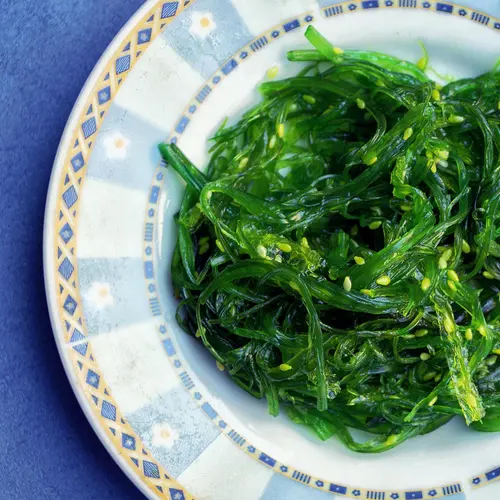Sugar alcohols are sweeteners that have about half the calories of regular sugar. They occur naturally in certain fruits and vegetables, but some are man-made and are added to processed foods.
Many foods labeled "sugar free" or "no sugar added" have sugar alcohols in them. You might see these names on the ingredient list:
- Erythritol
- Maltitol
- Mannitol
- Sorbitol
- Xylitol
- Hydrogenated starch hydrolysates (HSH)
- Isomalt
Food companies often combine sugar alcohols with artificial sweeteners to make foods taste sweeter. If you're trying to lose weight, you might benefit from swapping sugar alcohols for sugar and other higher-calorie sweeteners.
Besides being lower in calories, sugar alcohols don't cause cavities, which is why they're used in sugar-free gum and mouthwash. Sugar alcohols also create a cooling sensation when used in large amounts, which works well with mint flavors.
You may see sugar alcohols as ingredients in many lower-calorie and sugar-free foods like energy bars, ice cream, pudding, frosting, cakes, cookies, candies, and jams. And in spite of their name, sugar alcohols aren't alcoholic.
How They Work
Your small intestine doesn't absorb sugar alcohols well, so fewer calories get into your body. But because sugar alcohols aren't completely absorbed, if you eat too many you might get gas, bloating, and diarrhea. Foods that have mannitol or sorbitol in them include a warning on the package that eating a lot of these foods could make them act like a laxative.
Check the Label
To find out if a food or beverage contains sugar alcohols, check the Nutrition Facts Label on the packaging. It shows the amount in grams (g) of total carbs and sugars under Total Carbohydrate and the Percent Daily Value (%DV) of total carbs per serving.
Food manufacturers sometimes include grams of sugar alcohols per serving on the label, but they don't have to. The specific name may be listed, such as xylitol, or the general term "sugar alcohol" may be used. But if the packaging includes a statement about the health effects of sugar alcohols, manufacturers have to list the amount per serving.
If You Have Diabetes
Sugar alcohols can be part of a healthy eating plan when you need to manage diabetes. Unlike artificial sweeteners, sugar alcohols are a kind of carb and can raise blood sugar levels, though not as much as sugar.
You'll need to count carbs and calories from sugar alcohols in your overall meal plan. Foods labeled "sugar free" or "no sugar added" might seem like "free" foods you can eat as much of as you like, but overeating them can make your blood sugar levels very high.
If you're counting carbs and the food has more than 5 grams of sugar alcohols, subtract half of the sugar alcohol grams from total carb grams. For example, if the label lists "Total Carbohydrate 25 g" and "Sugar Alcohol 10 g," do this math:
- Divide sugar alcohol grams in half = 5 g
- Subtract 5 g from Total Carbohydrate: 25 g - 5 g = 20 g
- Count 20 g of carbs in your meal plan
One exception: If erythritol is the only sugar alcohol listed, subtract all of the grams of sugar alcohol from Total Carbohydrate.
If you need help creating a meal plan or managing carbs, ask your doctor or dietitian for guidance.
